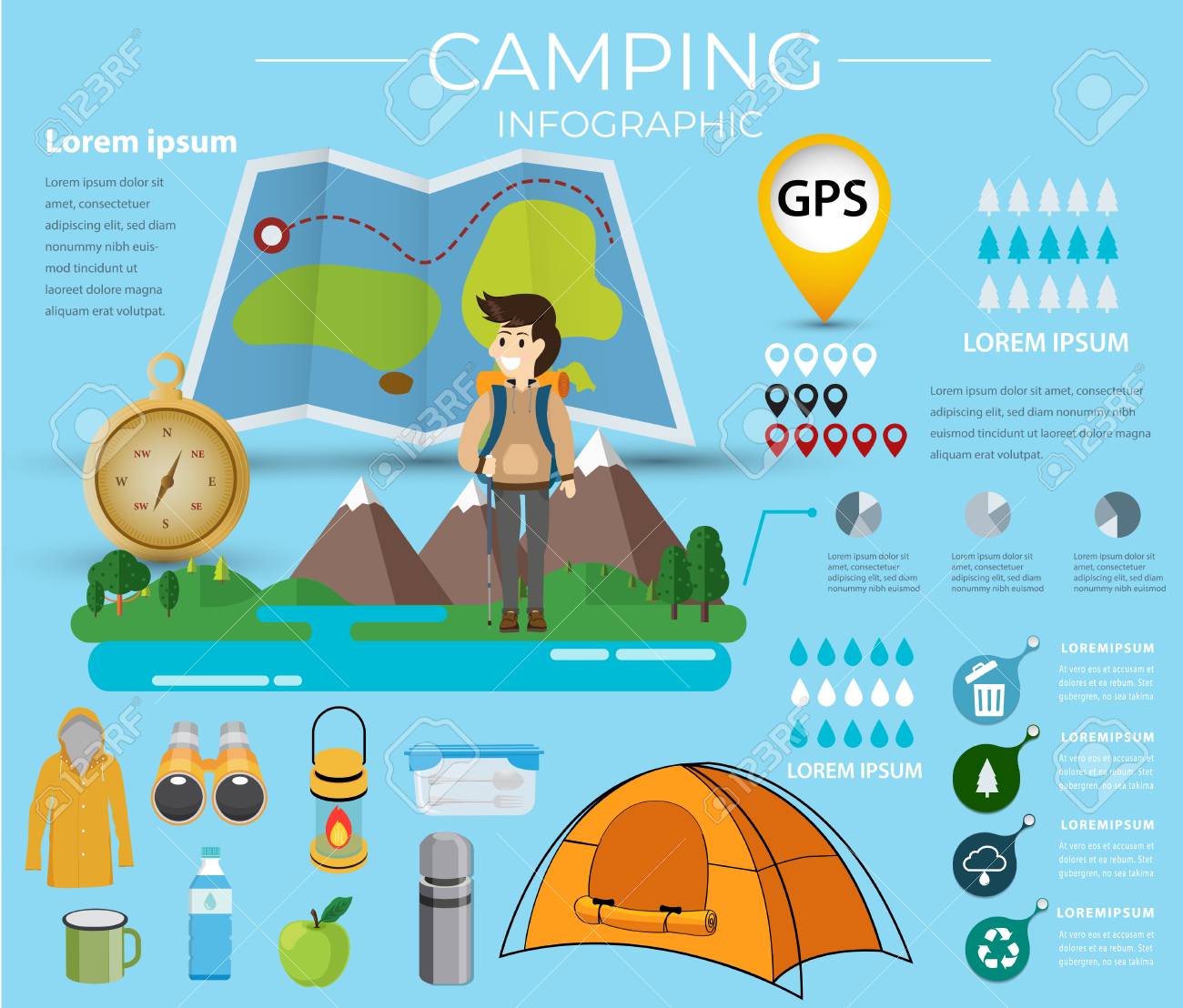Common Causes Of Tent Fires And How To Avoid Them
Wintertime Outdoor Camping - Person Line Anchors in SnowWinter season camping is an enjoyable and adventurous experience, but it calls for appropriate gear to guarantee you remain warm. You'll require a close-fitting base layer to trap your body heat, in addition to a protecting coat and a water-proof shell.
You'll also need snow stakes (or deadman anchors) buried in the snow. These can be tied using Bob's clever knot or a regular taut-line hitch.
Pitch Your Camping tent
Winter months outdoor camping can be an enjoyable and daring experience. Nevertheless, it is necessary to have the correct equipment and understand how to pitch your tent in snow. This will prevent cool injuries like frostbite and hypothermia. It is additionally vital to consume well and stay hydrated.
When setting up camp, see to it to select a site that is sheltered from the wind and free of avalanche threat. It is likewise a good idea to load down the location around your tent, as this will help in reducing sinking from temperature.
Before you set up your outdoor tents, dig pits with the exact same size as each of the anchor points (groundsheet rings and person lines) in the facility of the outdoor tents. Fill these pits with sand, stones or even stuff sacks full of snow to small and safeguard the ground. You might additionally want to think about a dead-man anchor, which includes linking outdoor tents lines to sticks of timber that are hidden in the snow.
Load Down the Location Around Your Tent
Although not a necessity in many locations, snow risks (likewise called deadman supports) are a superb enhancement to your tent pitching kit when camping in deep or compressed snow. They are essentially sticks that are developed to be buried in the snow, where they will certainly ice up and create a strong anchor point. For best outcomes, make use of a clover drawback knot on the top of the stick and bury it in a few inches of snow or sand.
Establish Your Camping tent
If you're camping in snow, it is a good concept to utilize a tent made for wintertime backpacking. 3-season tents function great if you are making camp below tree line and not anticipating specifically extreme weather condition, but 4-season tents have tougher posts and fabrics and offer even more security from wind and heavy snowfall.
Make certain to bring sufficient insulation for your resting bag and a warm, completely dry inflatable floor covering to sleep on. Inflatable floor coverings are canvas tarp much warmer than foam and assistance protect against chilly spots in your tent. You can additionally add an added mat for resting or cooking.
It's additionally a great concept to set up your camping tent close to an all-natural wind block, such as a team of trees. This will make your camp extra comfortable. If you can not find a windbreak, you can produce your own by digging openings and burying items, such as rocks, outdoor tents stakes, or "dead man" supports (old tent individual lines) with a shovel.
Tie Down Your Outdoor tents
Snow stakes aren't needed if you make use of the best strategies to anchor your camping tent. Hidden sticks (maybe gathered on your approach hike) and ski posts work well, as does some variation of a "deadman" buried in the snow. (The idea is to develop an anchor that is so strong you won't have the ability to pull it up, despite a great deal of initiative.) Some manufacturers make specialized dead-man supports, but I choose the simplicity of a taut-line drawback tied to a stick and after that buried in the snow.
Be aware of the surface around your camp, especially if there is avalanche risk. A branch that falls on your outdoor tents can damage it or, at worst, harm you. Additionally be wary of pitching your camping tent on an incline, which can catch wind and lead to collapse. A sheltered location with a reduced ridge or hillside is better than a steep gully.
